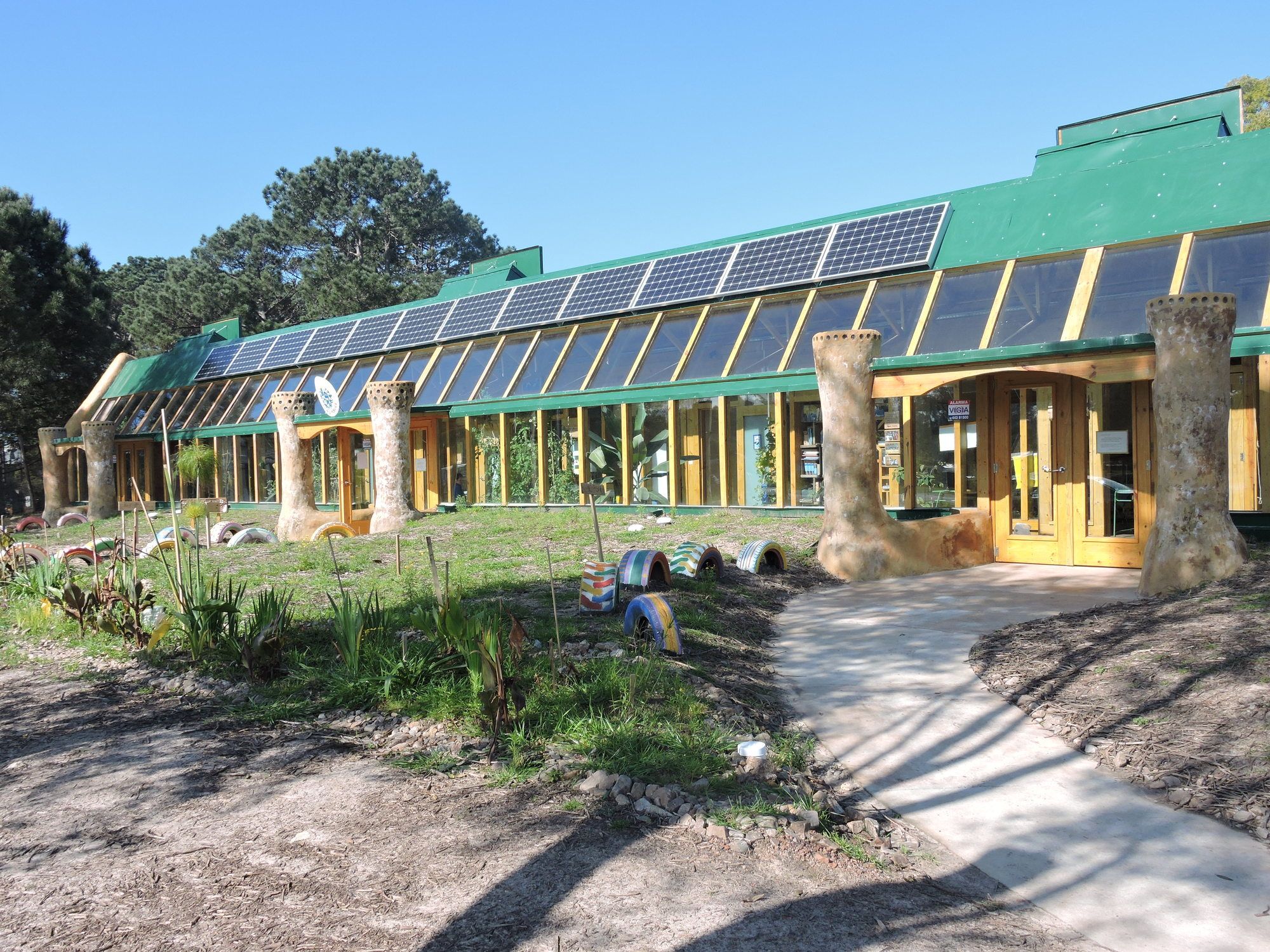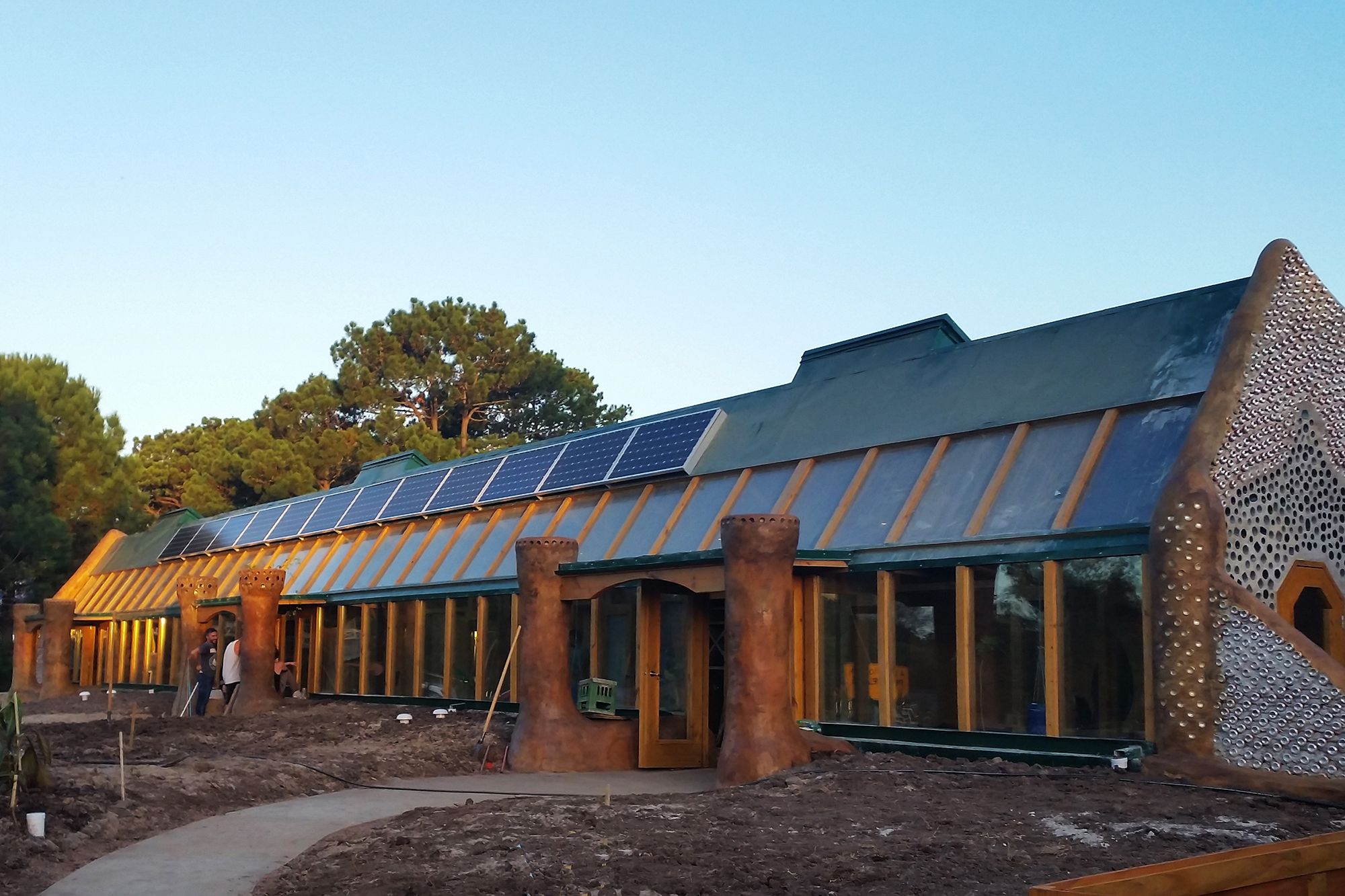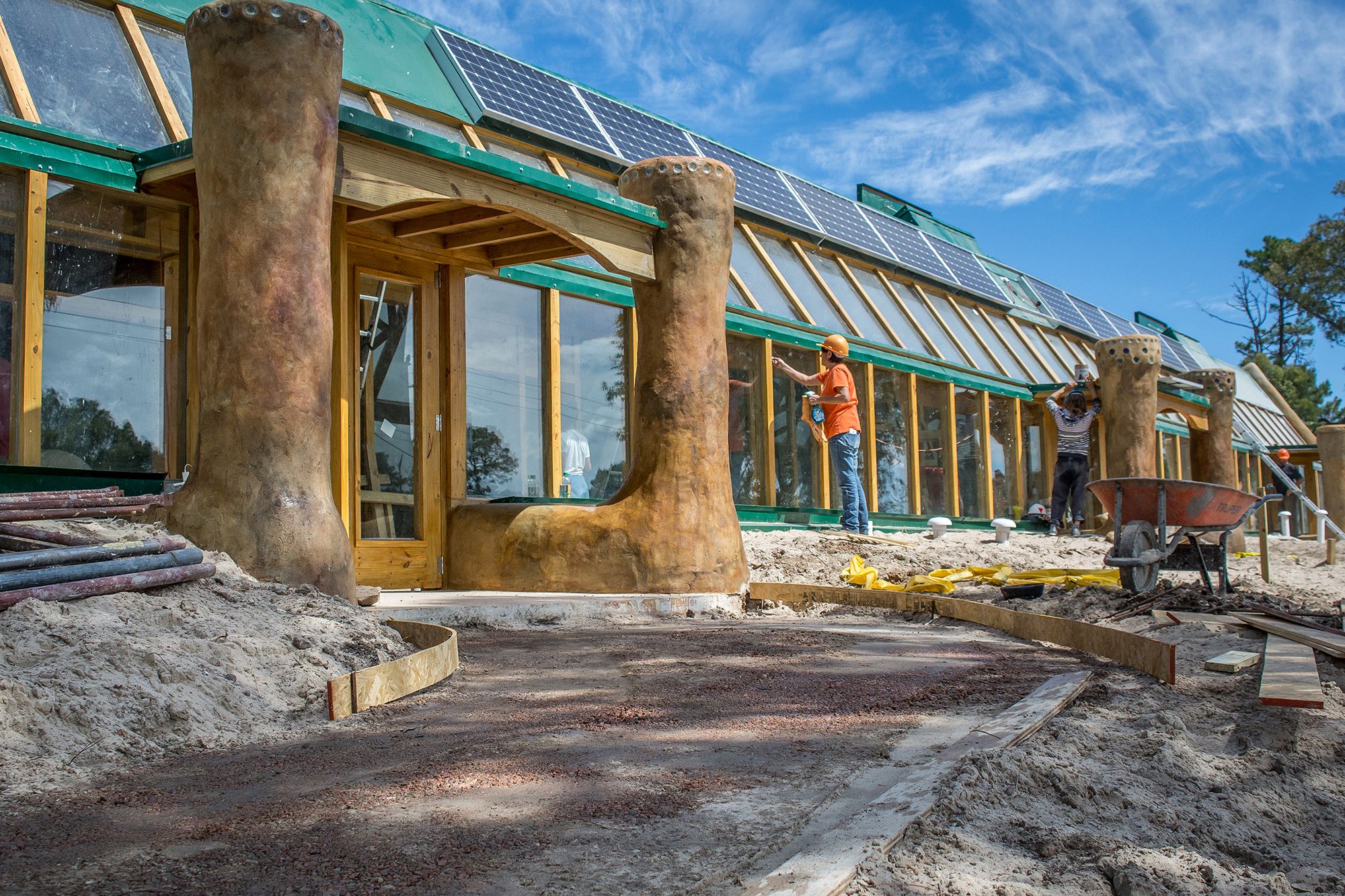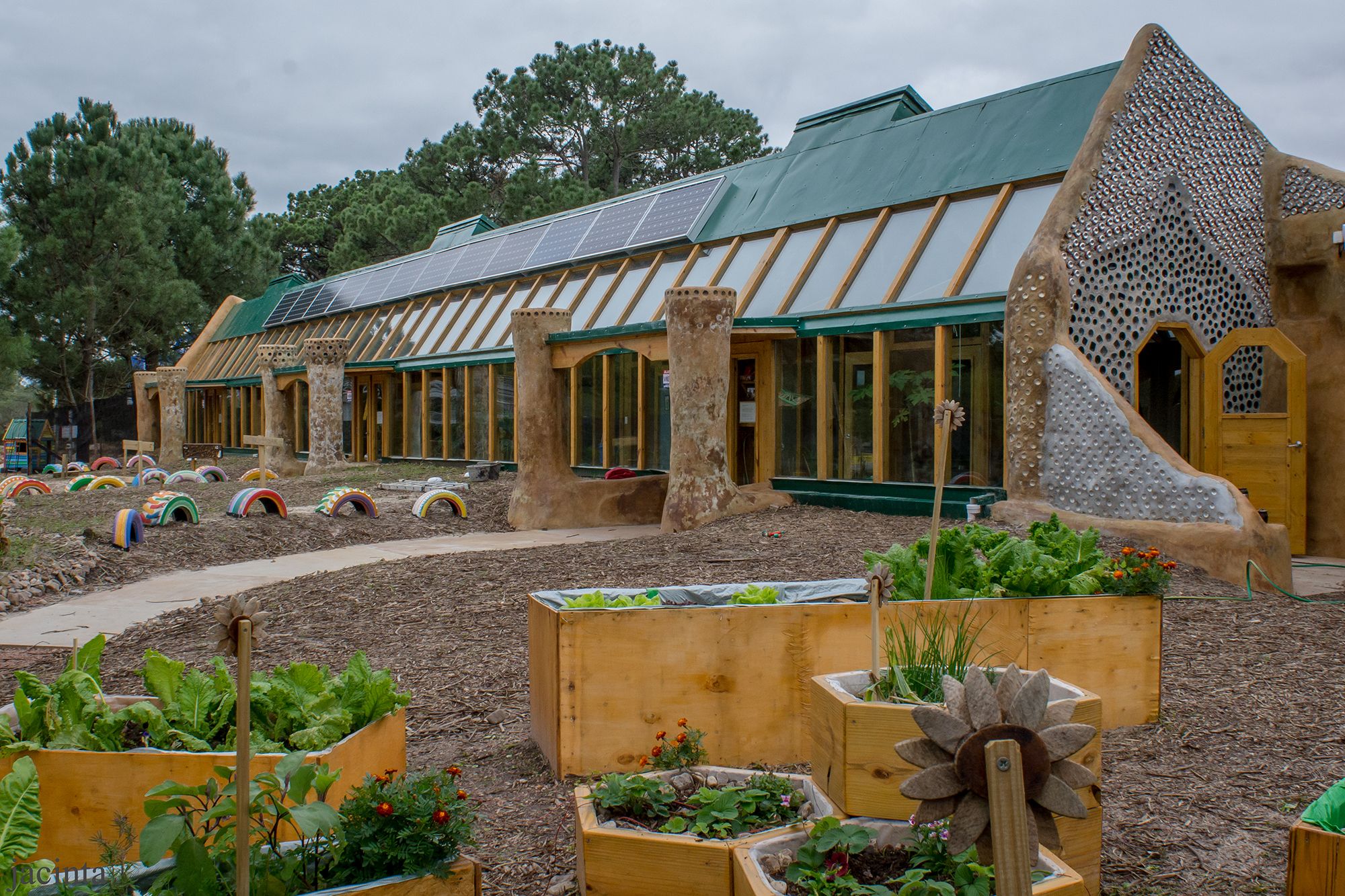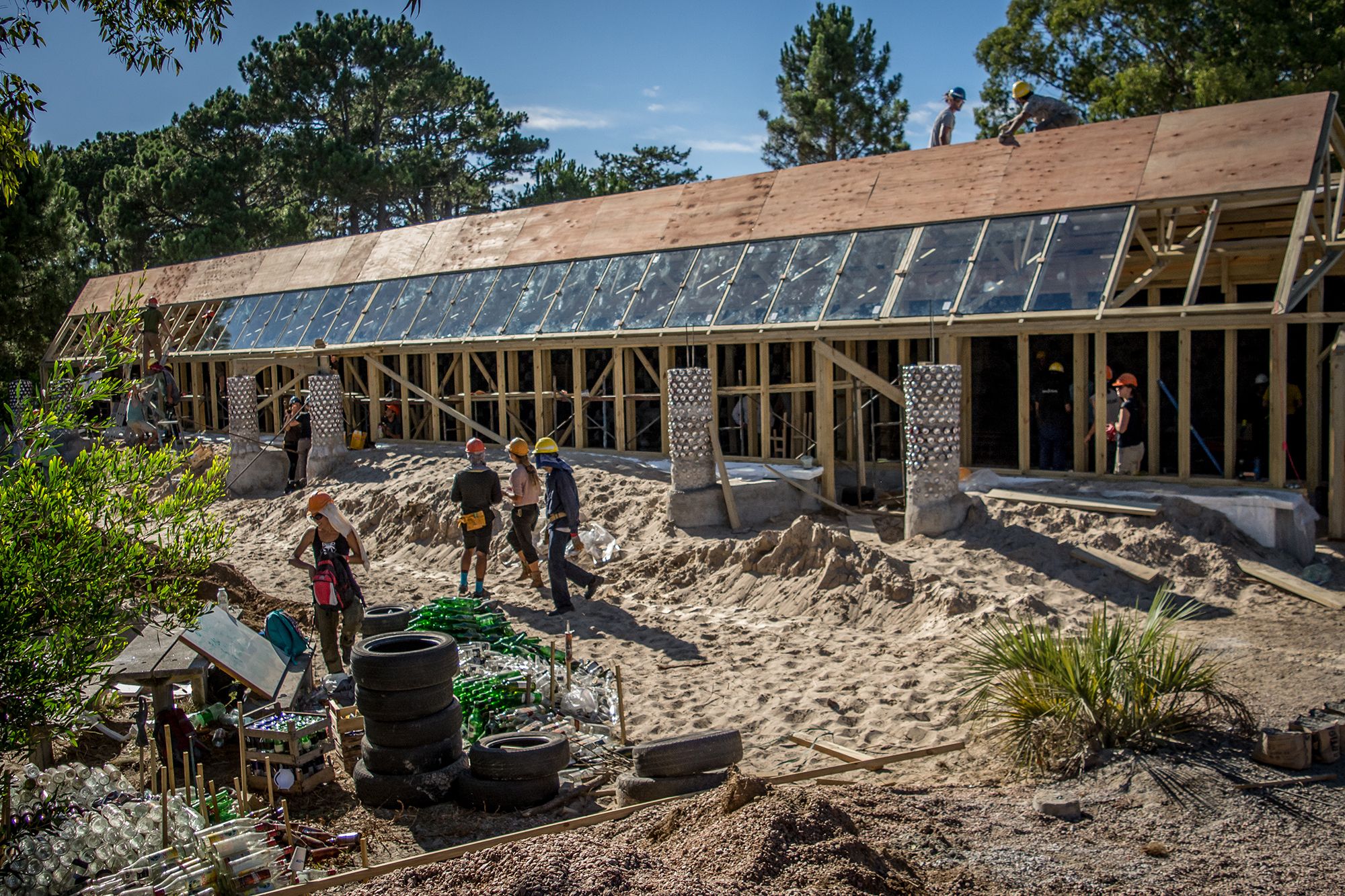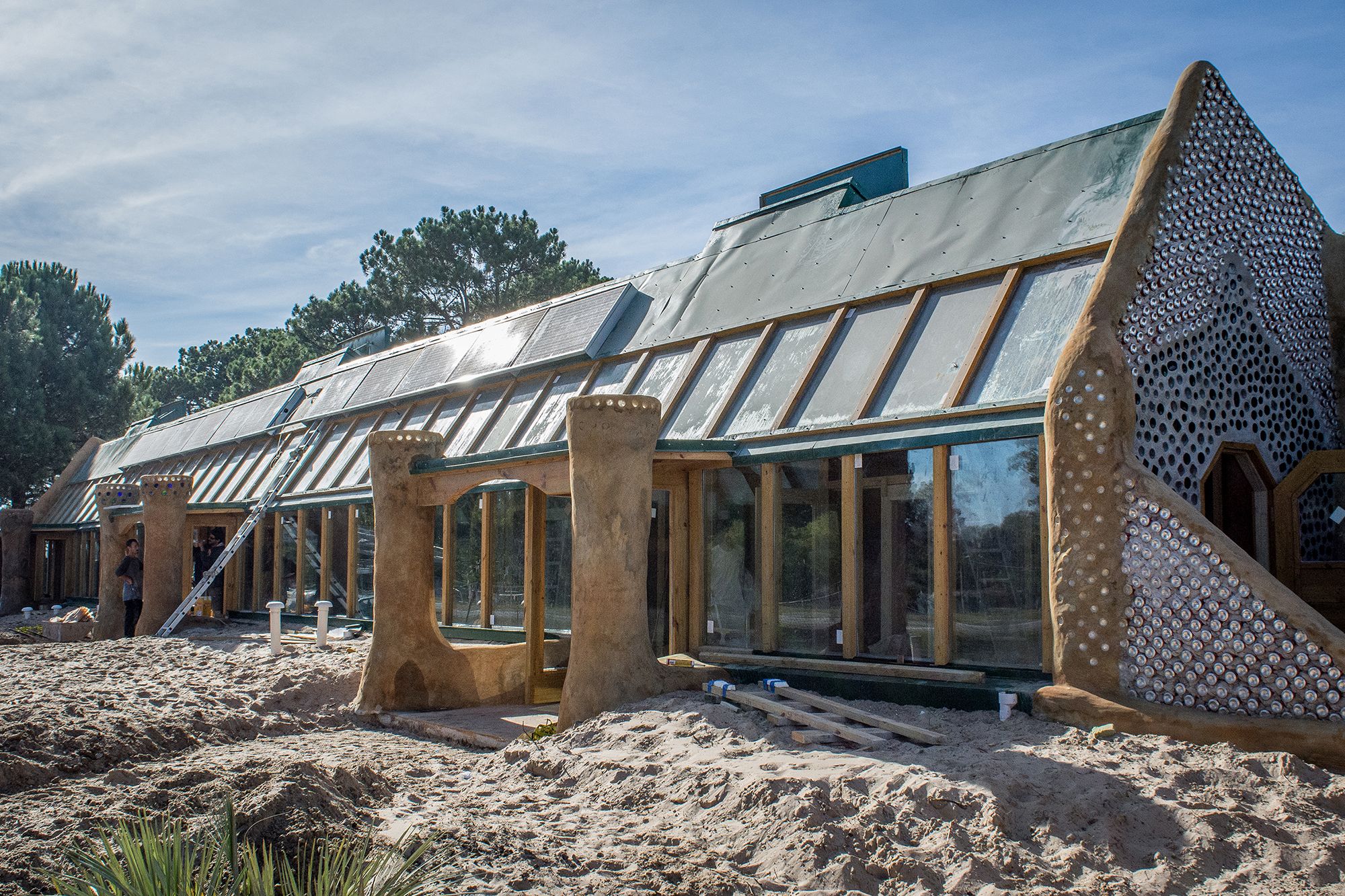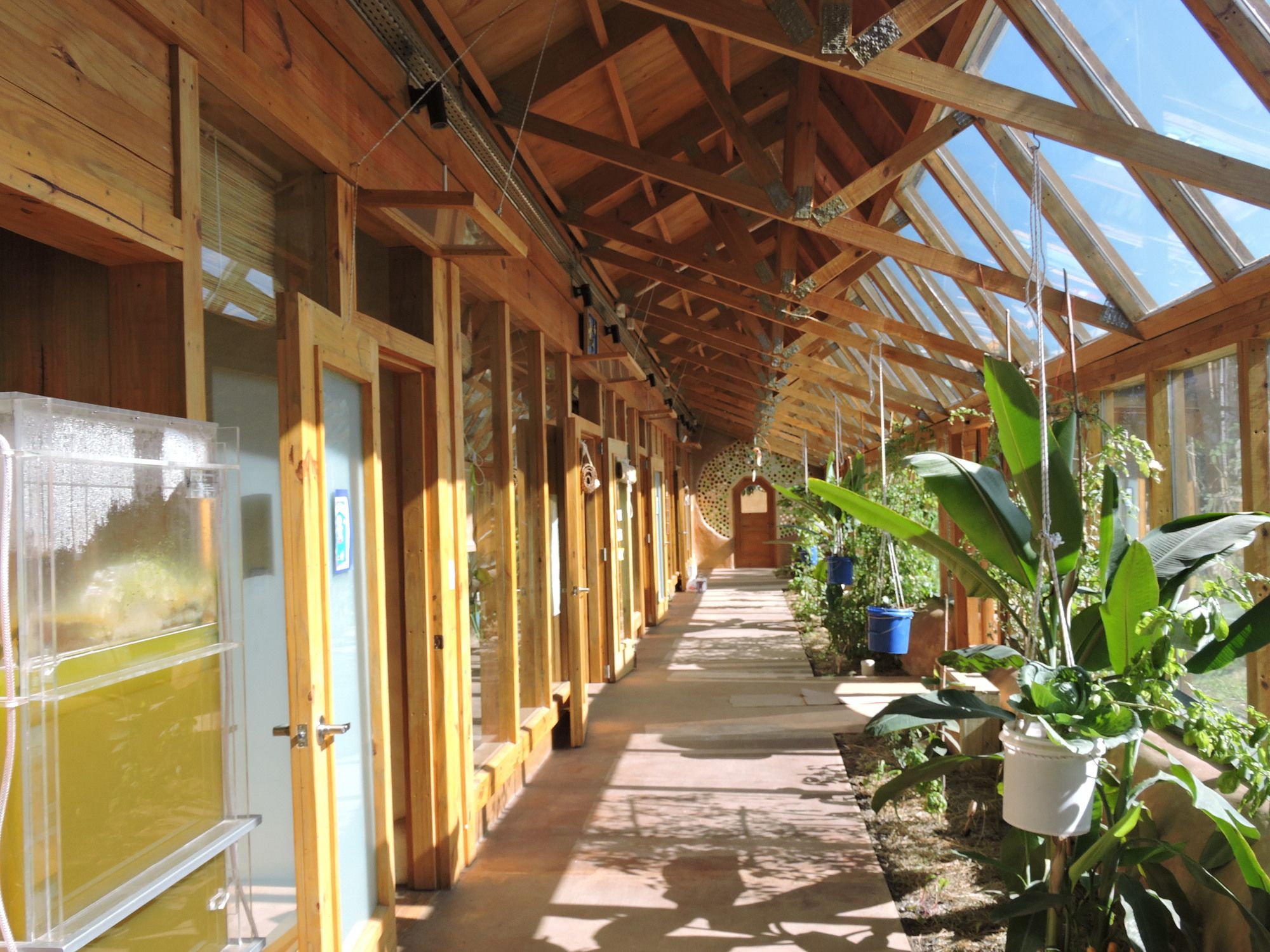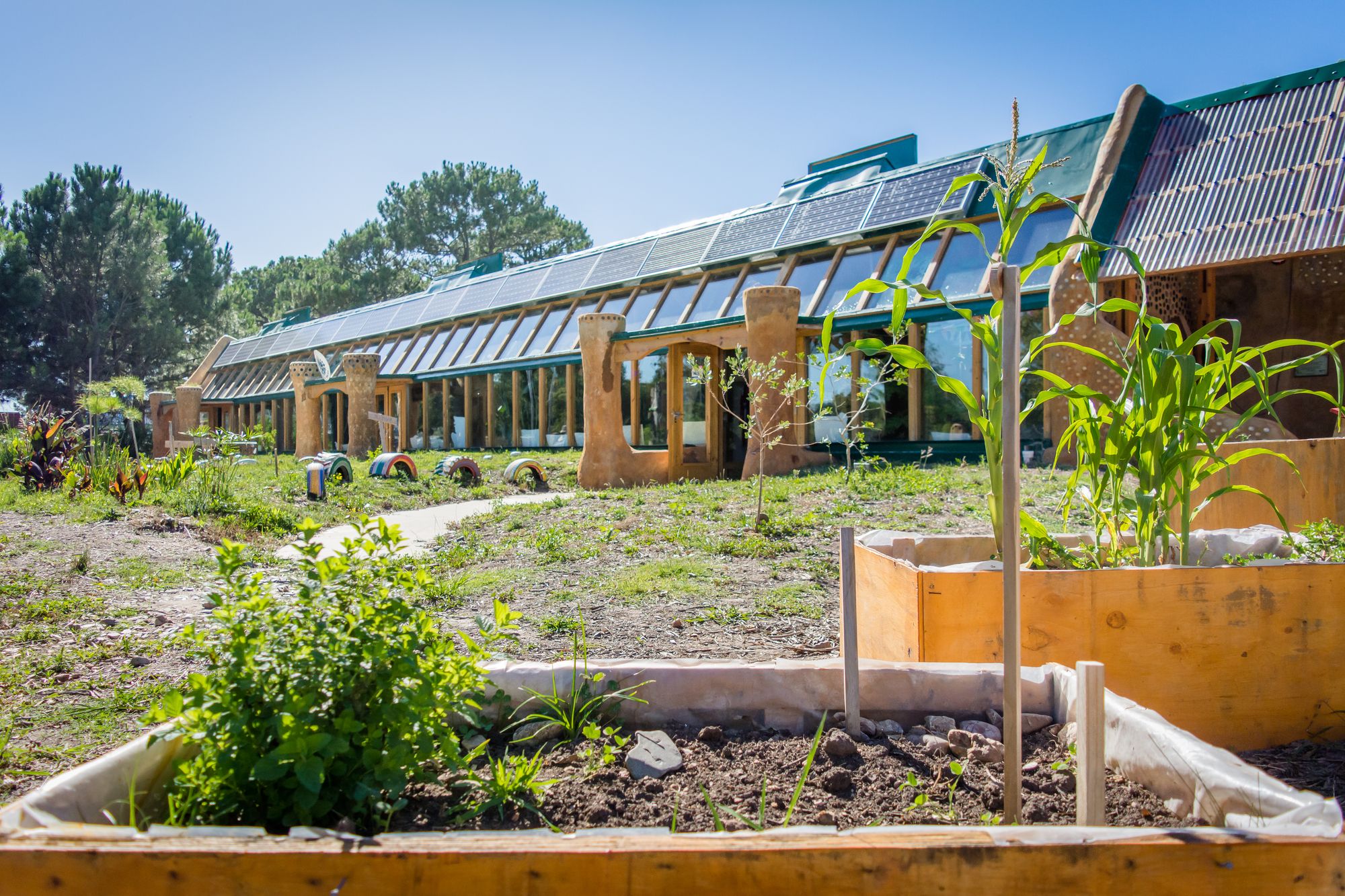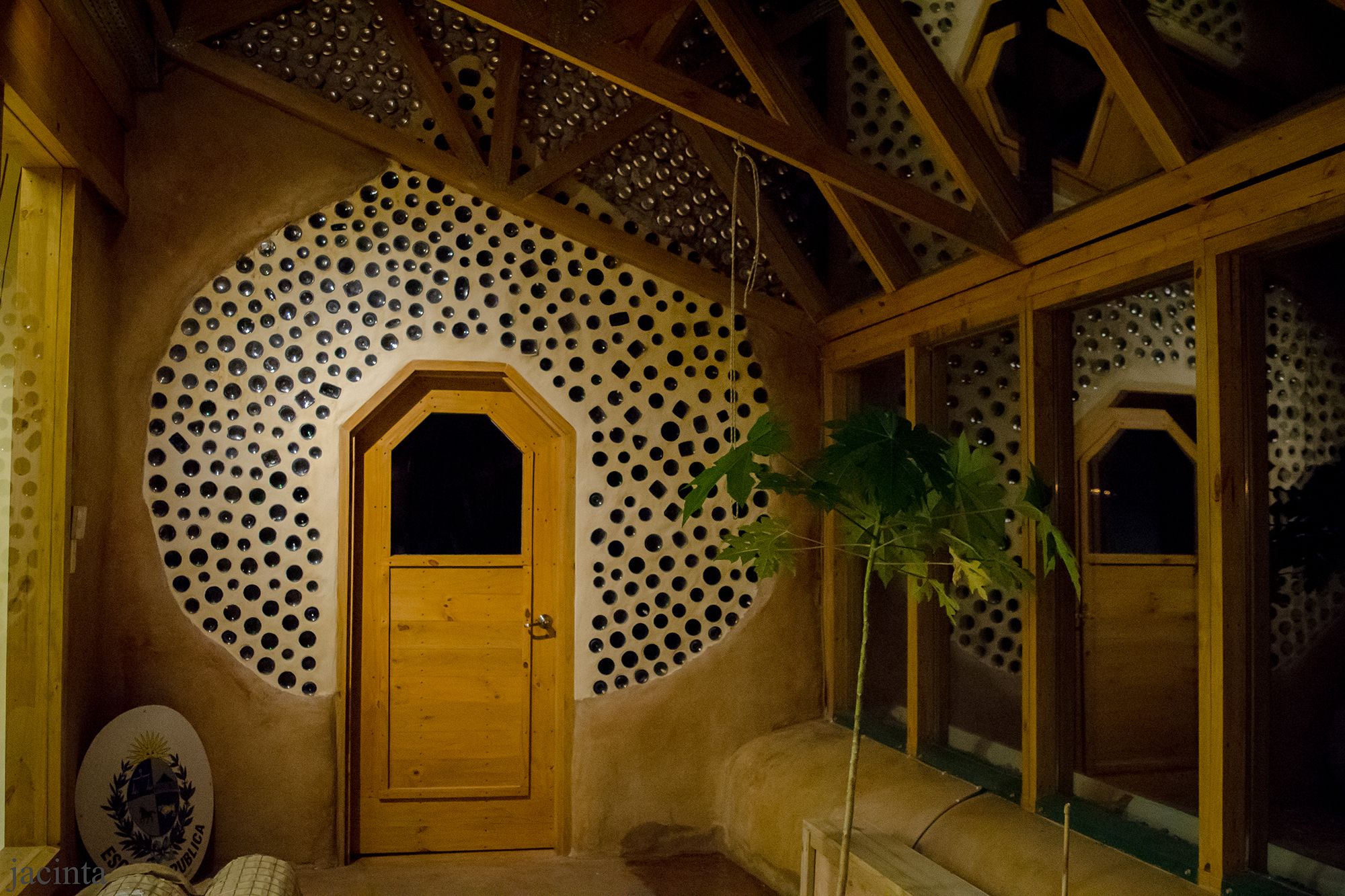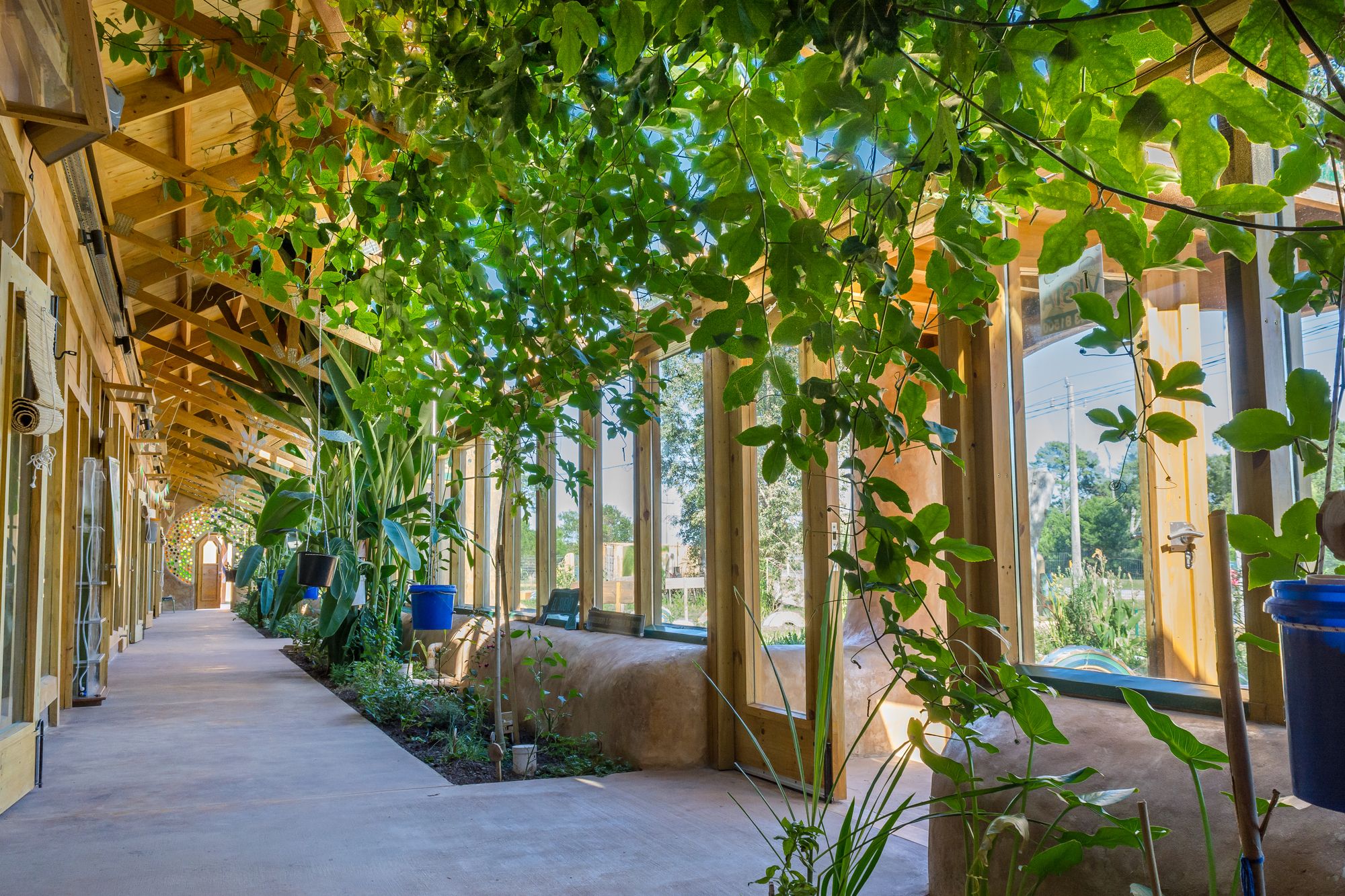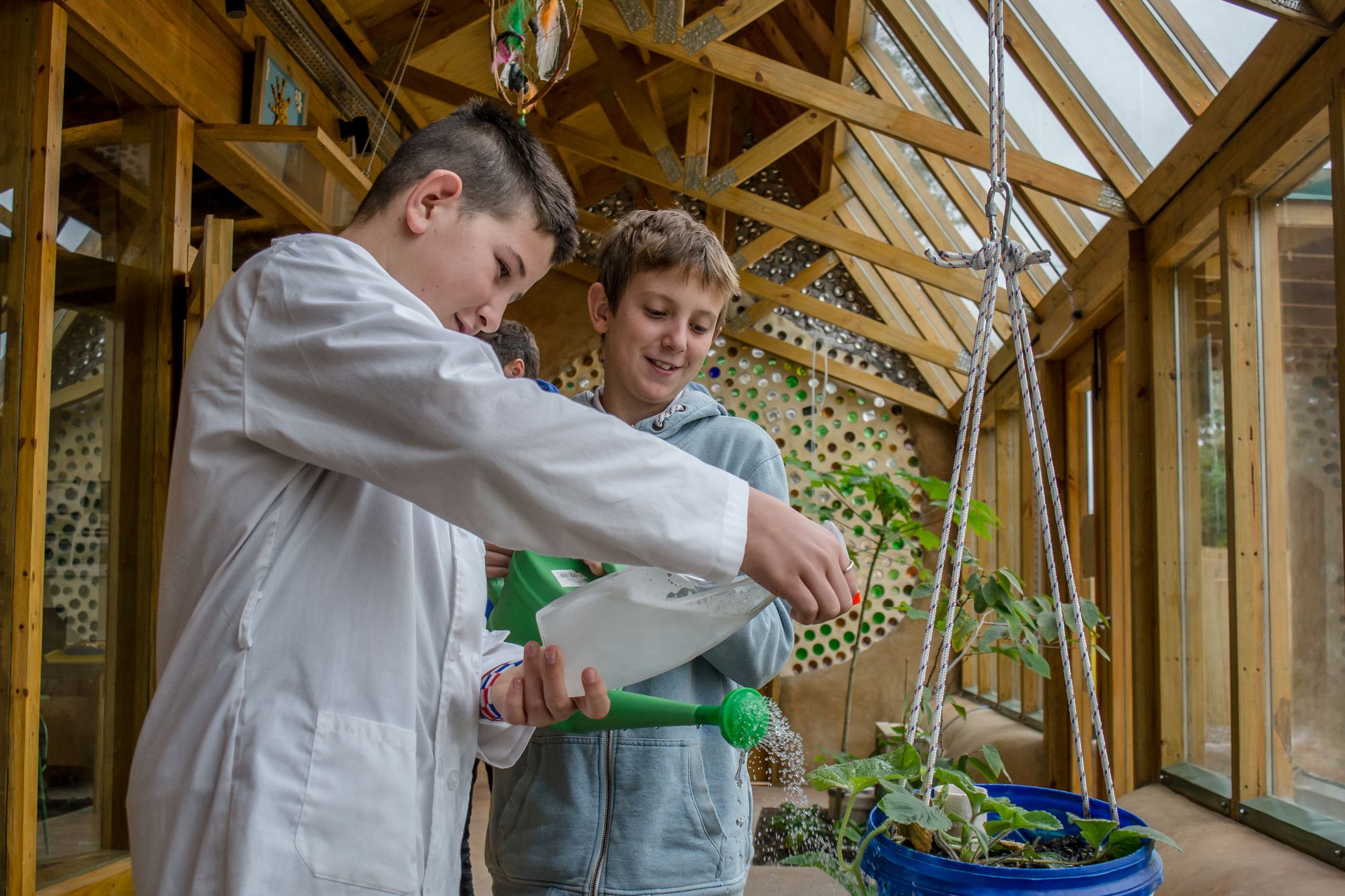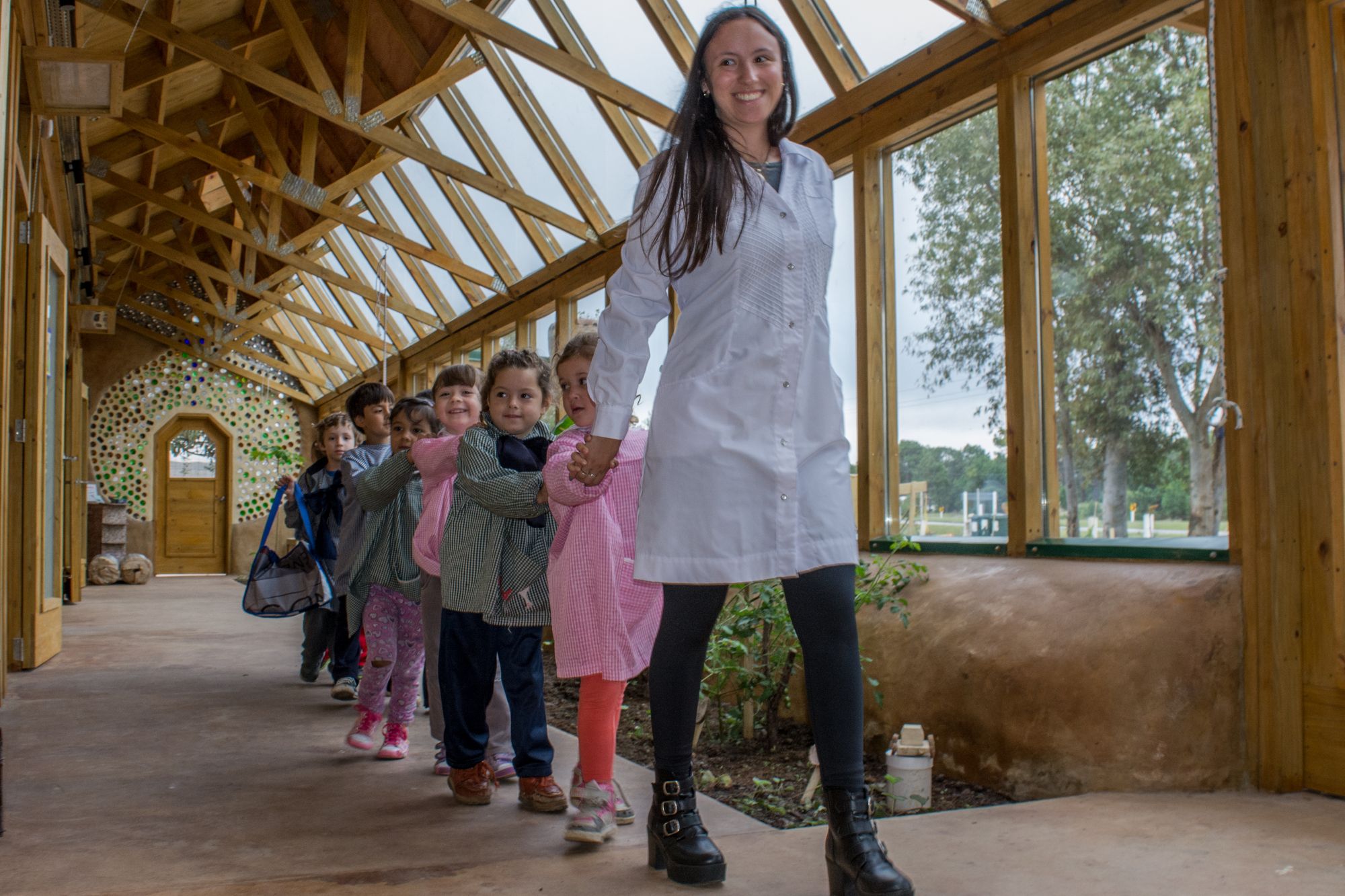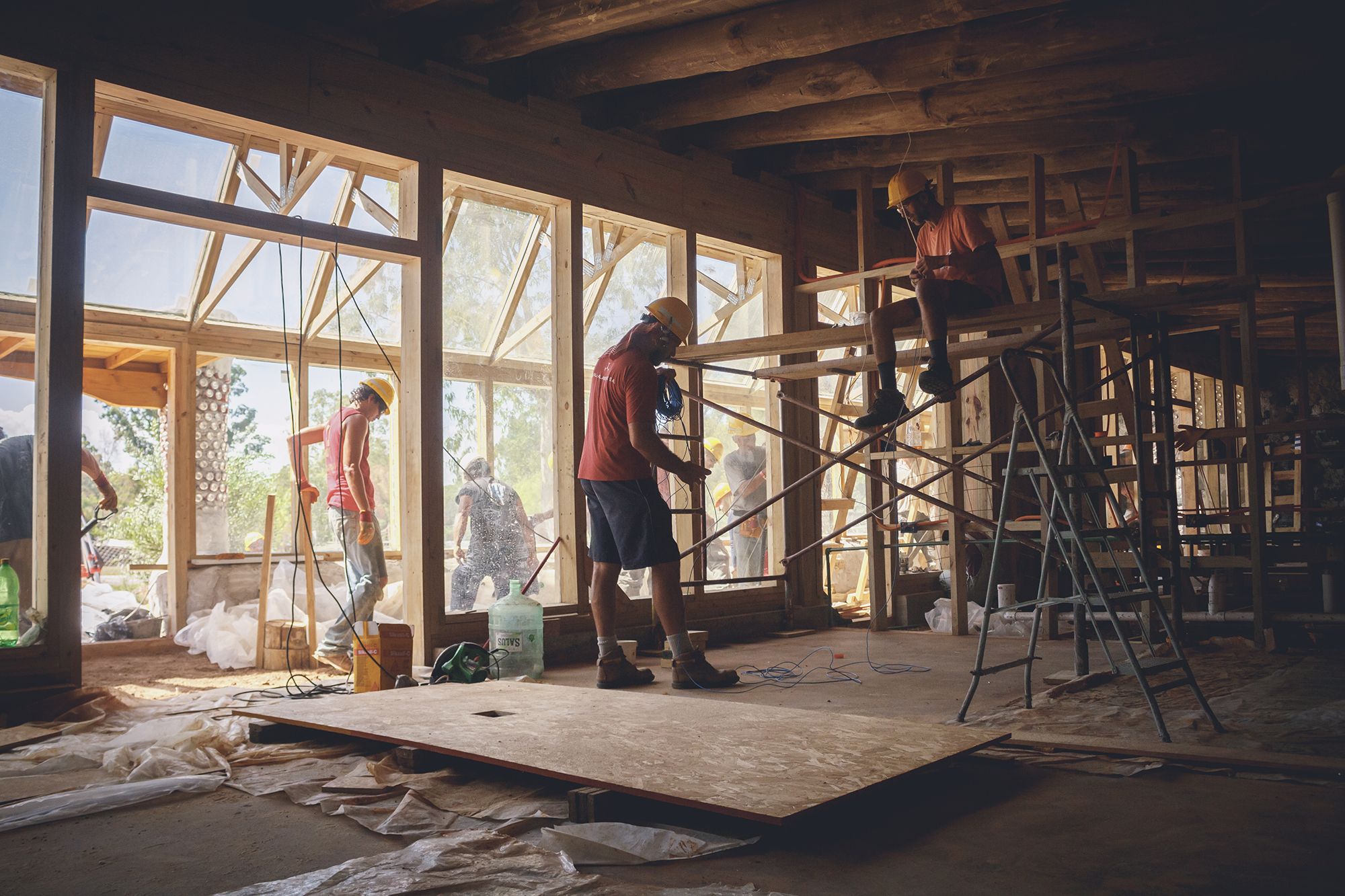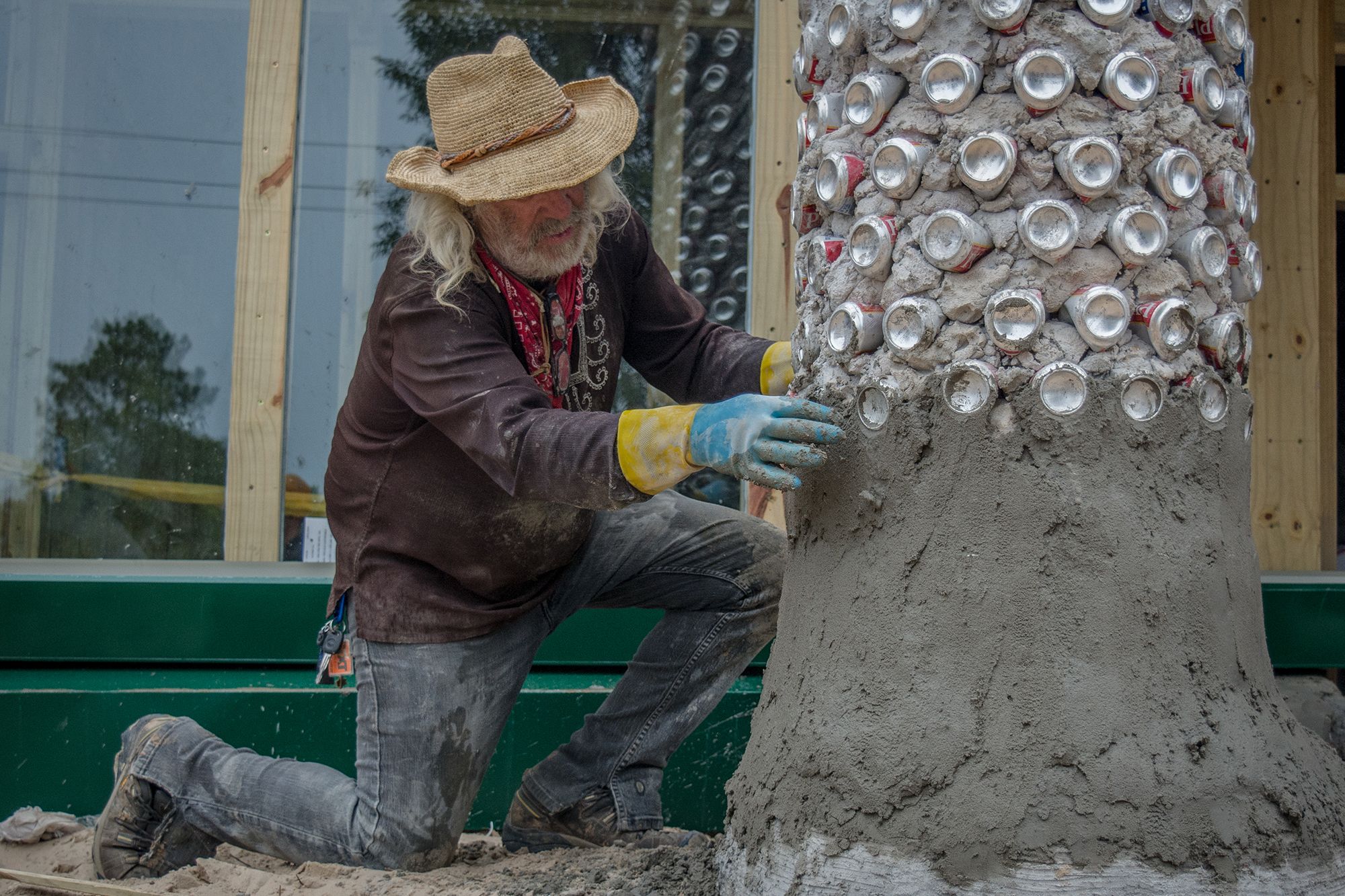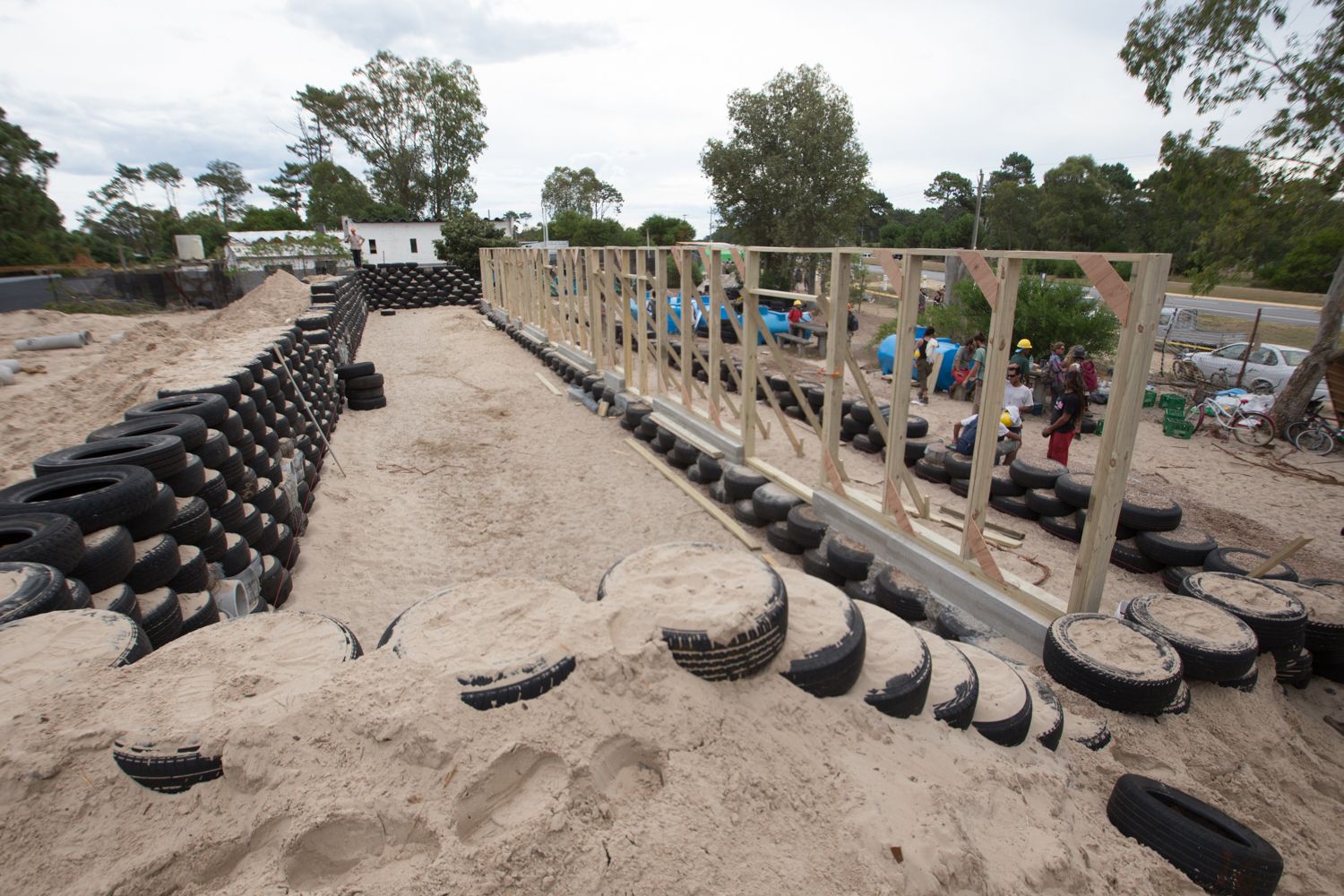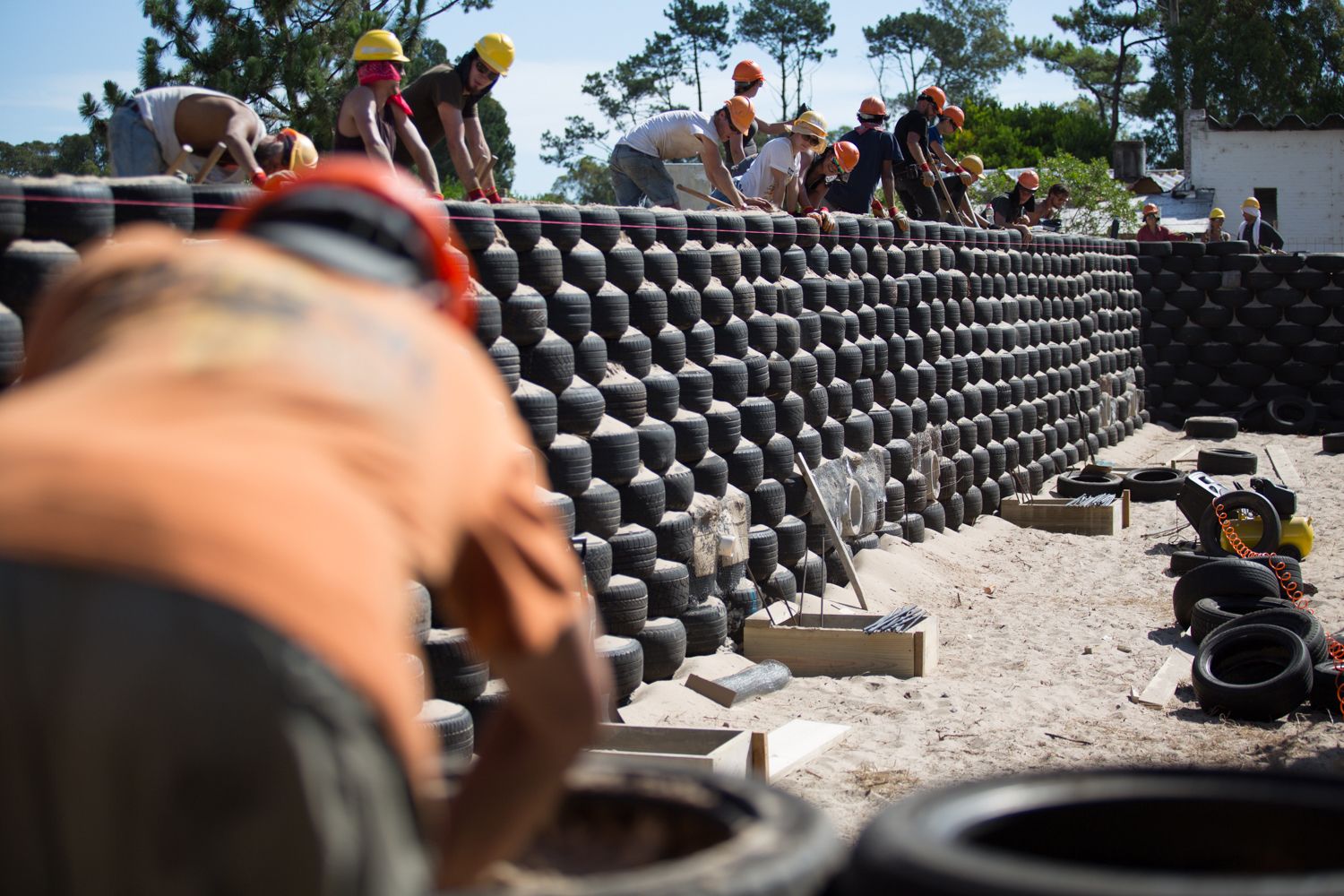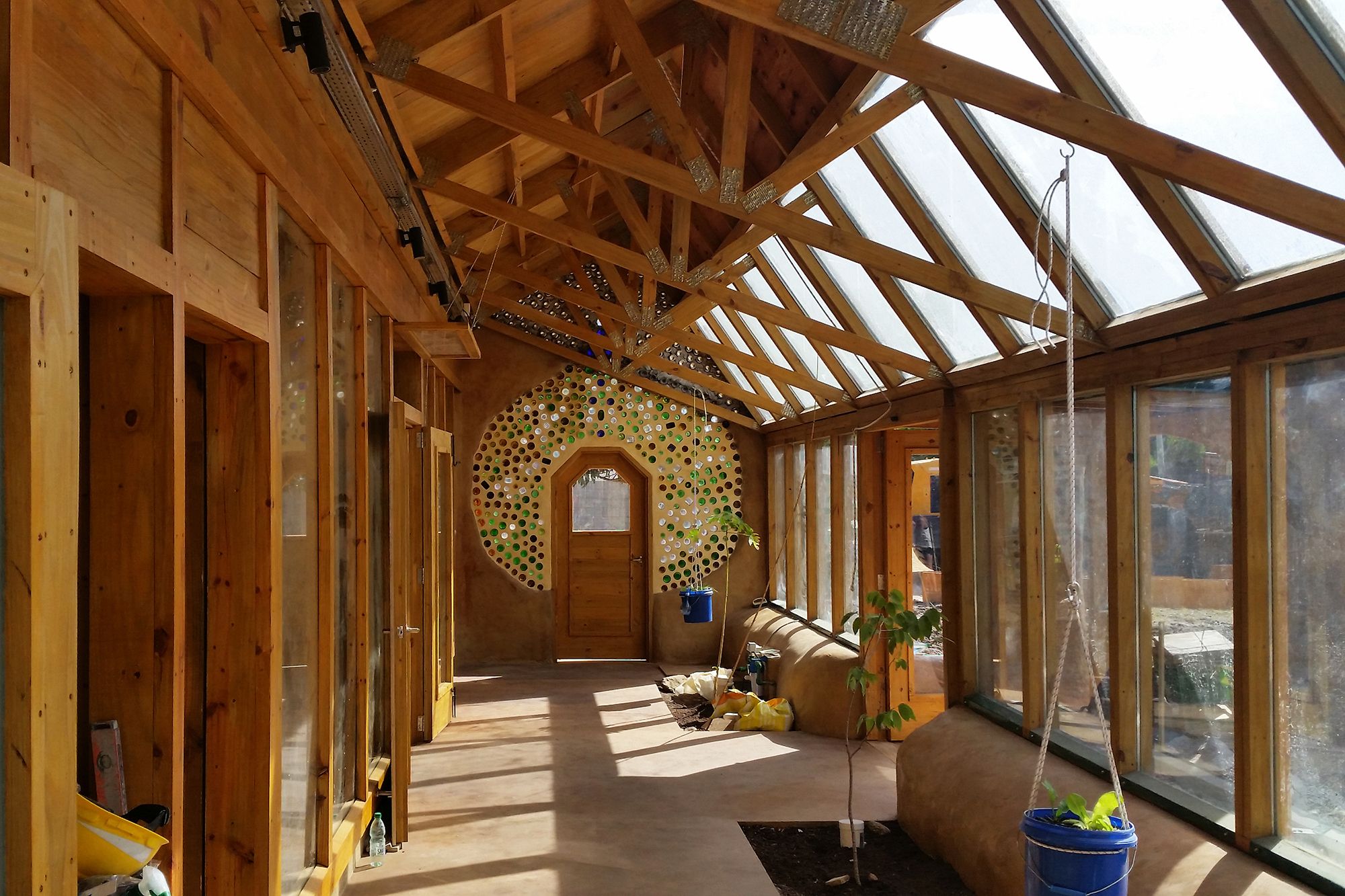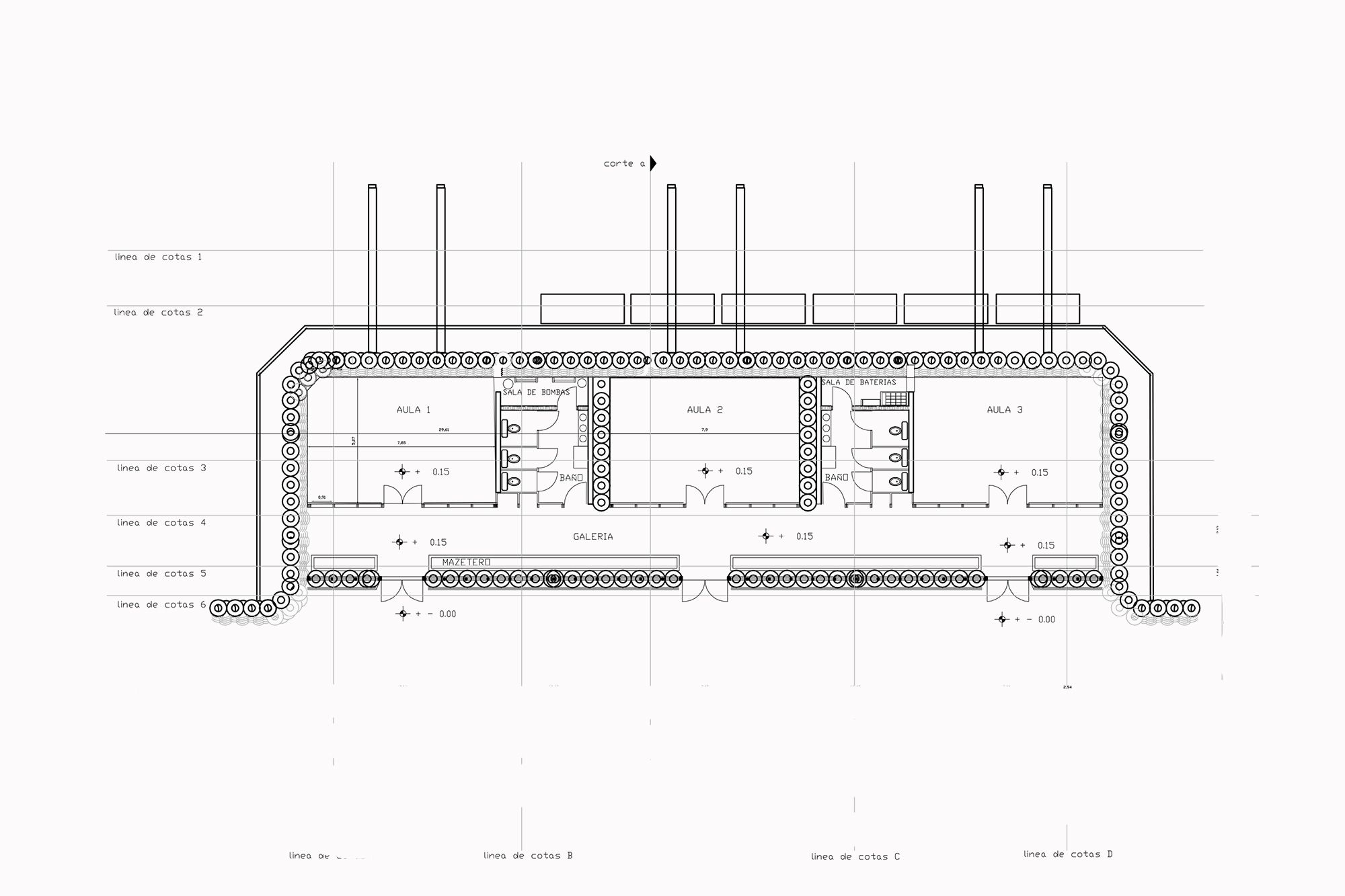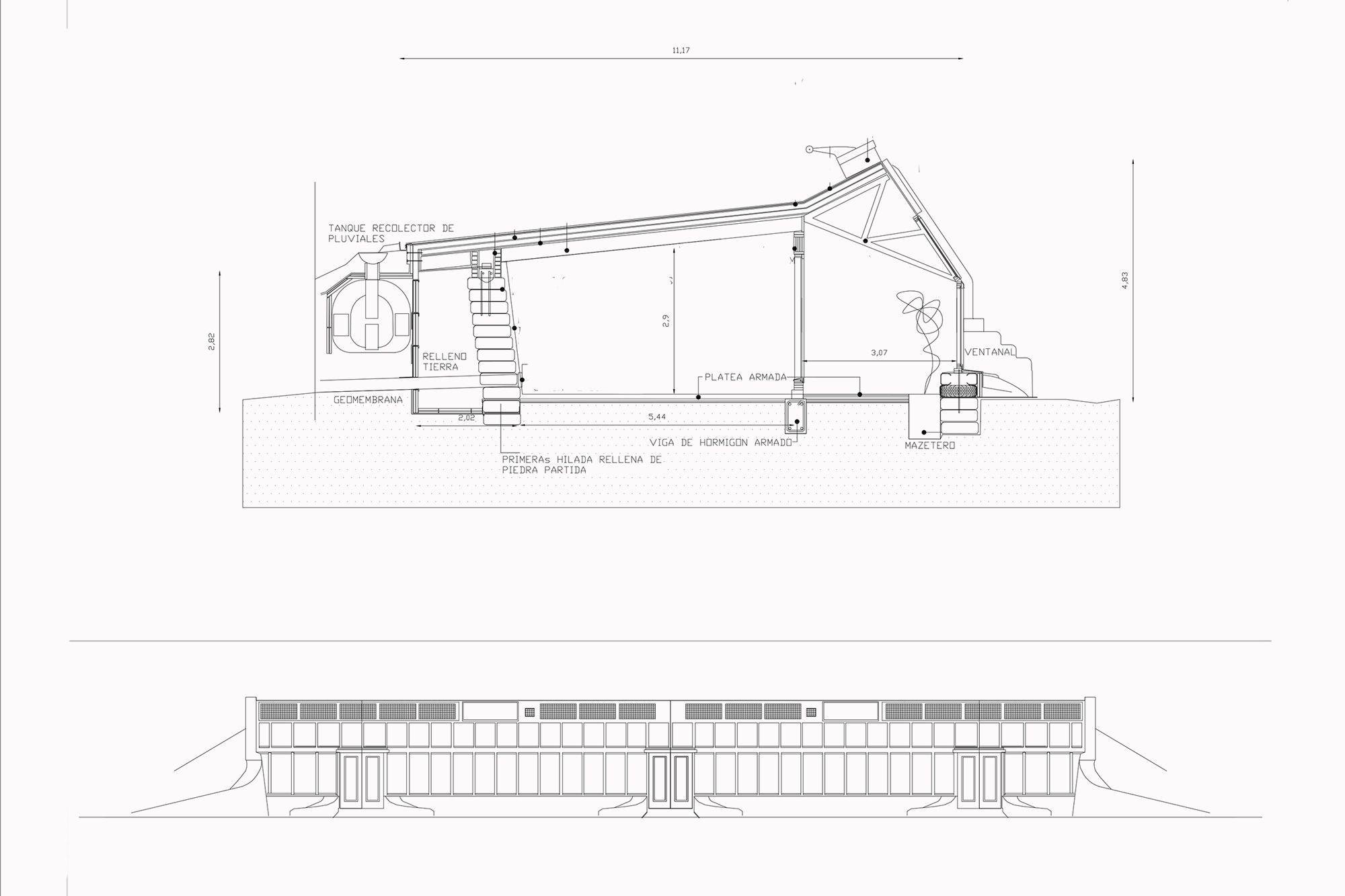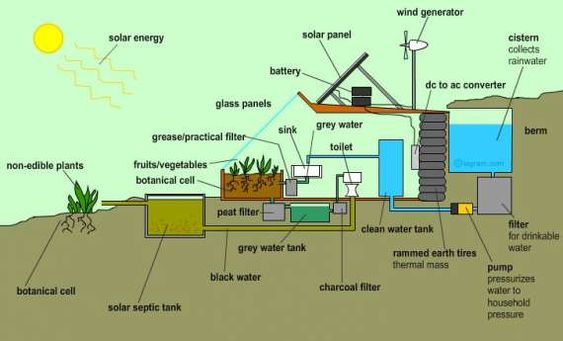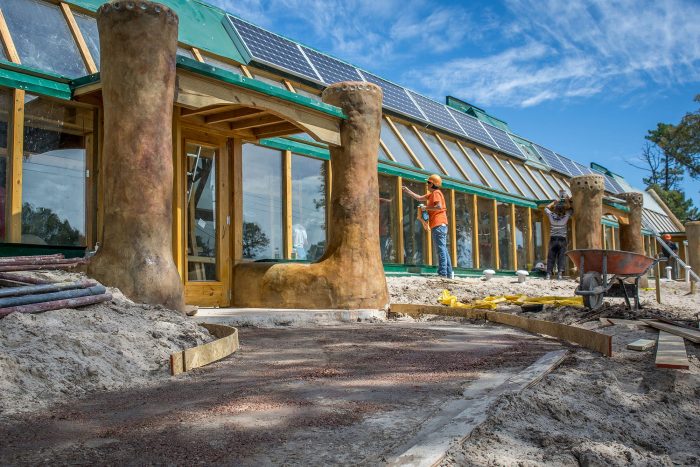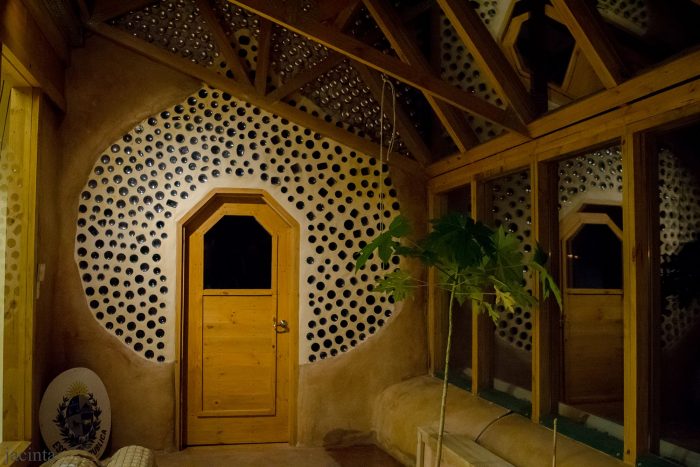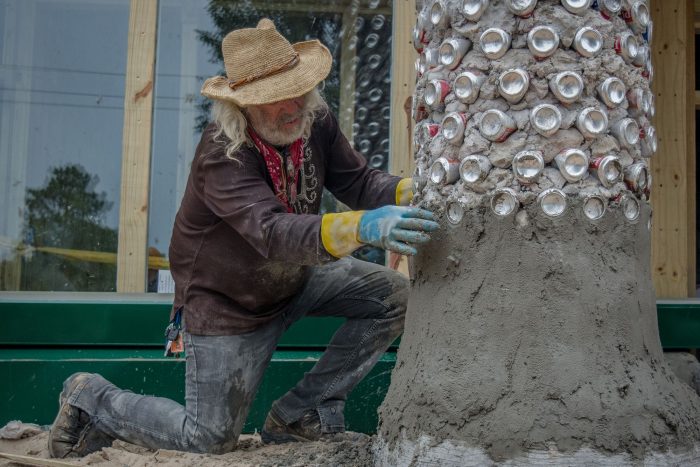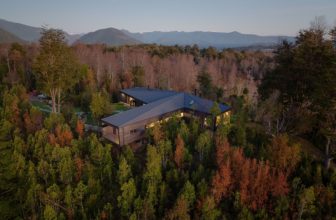Earthship Homes by Michael Reynolds – Genius Specimens of Indigenous Shelters: The three step solution ‘reduce – reuse – recycle’ has been rhetorically exploited by anyone and everyone, who’s genuinely concerned or even vaguely aware about the global issue of environmental degradation. Down the line, waste management becomes critical. While the popular belief suggests that once the waste is out of sight, combusted or eliminated somewhere ‘away’ from the habitation, majority of the problem is solved. However, Annie Leonard, the executive Director of Greenpeace, US says “There is no such thing as “away.” When we throw something away it must go somewhere.”
Who Invented The Earthship?
Michael Reynolds, is one radical name, in the architectural sphere, who’s dedicated nearly all his life towards redefining ‘waste’ and ‘home’. His vision is to endow humanity with the gift of self-reliance, whereby the dwelling protects and cares for the inhabitant, instead of the prevalent scenario, where homes are daily reminders of maintenance and renovation. After a pensive research and exploration in the field of sustainable technologies and recycled materials, Reynolds’ concept ‘Earthships’ aims at achieving an entirely self-sustaining dwelling, which not only generates its own food, water and electricity but also adapts to the climatic extremities through passive techniques. Not that Earthship homes are merely smart homes or green shelters, these have been designed as affordable dwellings, which can also safeguard its inhabitants against the much dreaded apocalyptic event, foretold by many prophecies. Reynolds seems to have developed a sting towards the unreliable bureaucratic practices of urban authorities and municipalities. Which is why his idea of ‘home’ is an independent one. Lesser the dependency on shared resources and infrastructure, better the performance of these architectural prototypes.
How Is an Earthship Made?
Essentially, Earthship homes are built using recycled materials, such as rubber tires, glass bottles, aluminium cans and other re-purposed waste. These are then stabilized with large amounts of rammed earth or adobe bricks, which add to the thermal mass of the surfaces. Once constructed, these shelters are fine-tuned in accordance to the climate and comfort. Apertures, fenestration, orientation, heat gain and heat loss strategies are all tweaked as per the location and its Geo-climatic context, to provide optimum indoors. The construction techniques are quick paced, effective and do not demand skilled labor. This contributes to a universal design which can be actioned in the tundra climate of Alaska as conveniently as in the arid highlands of Texas. Earthship homes or ‘vessels’, as Reynolds prefers to call them, are then equipped with Biotectural systems. These include water catchment and re-circulation plants, electricity generated through photo voltaic cells and windmills stored within sufficiently capable batteries, domestic scale sewage treatment cells which ensure that nothing goes to waste, passive solar techniques to eliminate the need of artificial means to achieve comfort zone and finally ample botanical cells around or on the shelter to cultivate one’s own food. All this innovation sounds quite facilitative and reformatory when compared to the alarming energy consumption of an average American household, most of which is expended on constructing and repairing the house. Despite certain critical claims, stating Earthships to be uncomfortable, Michael Reynolds and his company Earthship Biotecture, have successfully delivered quick, affordable and sustainable homes across the world.
